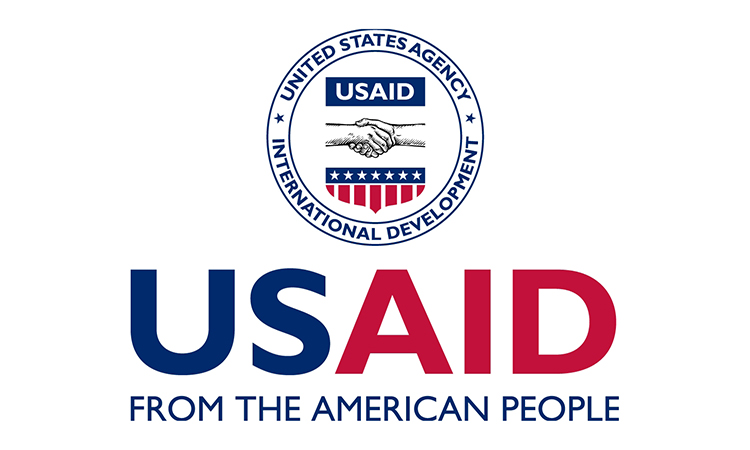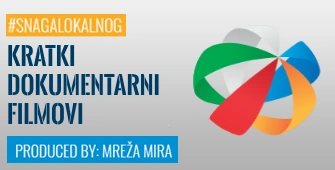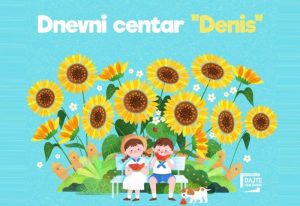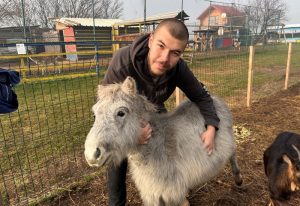Deadline: 29 March 2021
The U.S. Agency for International Development (USAID), Bureau for Economic Growth, Education and Environment (E3) and supporting Bureaus are issuing YouthPower 2 (YP2) Annual Program Statement (APS) to provide a vehicle for engaging with youthled and youth-serving organizations, among others, and systems to generate cross-sectoral, positive youth development outcomes.
The YP2 APS seeks to provide flexibility to collaborate with youth and their communities, institutions, sectors and systems (including higher education institutions, non-formal education providers, private sector, government, CSOs- including youth-led and youth-serving organizations, faith-based organizations) to build sustainable partnerships around key development challenges and opportunities. This APS is designed to catalyze, facilitate, and support such collaboration.
The YouthPower 2 Annual Program Statement (APS) provides a vehicle for engaging with youth-led and youth-serving organizations, among others, and systems to generate cross-sectoral, positive youth development outcomes. The APS disseminates information to prospective Applicants so they may develop and submit Concept Notes in response to the addenda and ultimately to be considered for USAID funding.This APS describes and provides:
- The types of activities for which Concept Notes and Applications will be considered;
- Available funding, process, and requirements for submitting Concept Notes and Application;
- The criteria for evaluating Concept Notes and Application; and
- Relevant documentation and resources.
Theory of Change
The YP2 theory of change hypothesizes that when cross-sectoral programming:
- Intentionally engages youth, families, schools, communities, and systems in age- and developmentally appropriate activities;
- Builds market-driven skills and assets;
- Provides youth access to health and relevant education services, civic and economic opportunities, and safe spaces;
- Fosters a sense of belonging, pro-social norms and behaviors, gender equity and healthy relationships
THEN development investments will result in sustainable outcomes that:
- Reduce poverty;
- Build resilient, stable, democratic, and self-reliant societies;
- Reduce grievances, violence, and inter/intra-communal conflict;
- Improve individual health, nutrition, education, protection, and well- being outcomes;
- Strengthen societies and economies for generations to come.
Engaging Youth as Partners and Leaders
Young people are well-positioned to advocate for their own needs in policies and programs to ensure that youth-friendly services are free from coercion, discrimination, and violence. Youth engagement also facilitates positive social change to address the needs of their communities, now and in the future.
USAID supports programs and activities that engage youth as partners and leaders in meeting education, economic growth, security, health, democracy, human rights, and governance objectives through advocacy, civil society strengthening, leadership development, and cross-sectoral programming. For example, by providing safe spaces for structured interaction with youth holding opposing political or ideological views, youth are empowered to break down religious, gender, ethnic, community, and individual-level divides. Through partnership and collaboration with universities, youth-led organizations, and civil society organizations (CSOs), youth can receive locally relevant leadership and advocacy skills to organize campaigns in support of non-violent engagement in transition processes and more actively engage as leaders for change in their own communities.
Desired Program Outcomes
- Desired program outcomes may include but are not limited to:
- Strengthened host-country systems and programs to achieve sustainable, cross-sectoral positive outcomes for and with youth in health, education, agriculture, environment, economic growth, peace and security, democracy, human rights and governance. The areas/sectors of programming could involve, but are not limited to:
- Health (HIV prevention, care and treatment; reproductive health; family planning;
- preparing for partnering and parenting; mental health/psycho-social support;
- drug/substance abuse prevention and rehabilitation; maternal and child health; nutrition; and malaria).
- Education (basic education, including literacy and numeracy in both formal and nonformal spaces; safe spaces for youth affected by crisis and/or conflict; work readiness;
- social and emotional learning or soft skills; digital literacy; youth leadership; access to quality secondary education, vocational training, accelerated education, catch-up and remedial programs; and higher education programs).
- Agriculture (food security, rural development)
- Environment (natural resource management; global climate change; water and sanitation)
- Economic Growth (employment; livelihoods and economic strengthening;
- microenterprise and value chain development; youth workforce development; career development; entrepreneurship; access to higher education, financial, and business development services; and investment capital).
- Democracy, Human Rights, and Governance (support for youth in crisis and conflict contexts; demobilization; civic education/participation; youth in peacebuilding;
- rehabilitation from trauma; countering violent extremism; violence prevention; leadership development; rule of law and governance; human rights education; combating trafficking in persons; and support for young journalists and citizen journalism).
- Gender equitable and inclusive youth development programs and systems that engage and serve all youth. USAID encourages gender equality and inclusion of marginalized populations to be addressed and integrated within program activities in every technical sector/area. While this APS refers to the term “youth” throughout the document, it encompasses the notion of inclusion and gender differentiation along the lines specified in USAID Gender Equality and Women’s Empowerment Policy. USAID supports youth programming that is inclusive, equitable and gender responsive. In addition:
- Specific topics for gender equality may include: preventing and mitigating gender-based violence and trafficking in persons; fostering women and girls’ leadership; enhancing equity; shifting gender norms; empowering adolescent girls and young women; and constructive engagement of men/boys.
- Specific topics for inclusion of marginalized populations may include: youth with disabilities; refugee and displaced youth; LGBTI youth; ethnic and religious youth minorities in the pursuit of political rights and civil liberties; equal opportunities; and non-discriminatory access to public goods and services.
- Locally owned and locally led youth development programs and systems that achieve sustainable outcomes through partnerships and leveraging of resources. Strategically, YP2 APS outcomes will be best achieved within a country context by building local ownership and fostering partnerships across organizations and sectors. USAID strongly encourages YP2 APS Applicant(s) to partner with local actors and leverage external resources to promote sustainable, long-term development impacts. This could involve direct support to local youth-led and youthserving organizations, as well as government and non-government institutions, agencies, or regional associations. This may also involve partnering with the private sector to: 1) ascertain problems and issues that warrant attention; 2) mobilize and apply private sector expertise, capabilities, and resources; and 3) build a robust development cooperation between targeted sectors and industry.
- The PYD evidence base is further advanced. USAID encourages each YP2 award to contribute towards building the evidence base to advance the global PYD field. USAID resources place strong value on sharing and applying best practices and lessons learned from program implementation in order to strengthen youth development programs globally and advance the PYD learning agenda. USAID welcomes sharing best practices and lessons learned through the YP2 Learning and Evaluation (YP2LE) Learning Network, YouthPower and YouthLead websites, and other related networks.
- Strengthened host-country systems and programs to achieve sustainable, cross-sectoral positive outcomes for and with youth in health, education, agriculture, environment, economic growth, peace and security, democracy, human rights and governance. The areas/sectors of programming could involve, but are not limited to:
Funding Information
- Estimated Total Program Funding: $120,000,000
- Award Ceiling: $25,000,000
- Award Floor: $1,000,000
Eligibility Criteria
- This APS is open to all entities unless otherwise specified in addenda.
- All interested organizations are restricted to submitting only one Concept Note as the Prime Applicant. If more than one Concept Note is received with the same Prime Applicant, USAID will seek written clarification from the relevant entity regarding which Concept Note should be considered for review.
- If clarification is not resolved within five (5) business days, all Concept Notes submitted by the Applicant will be deemed ineligible.
For more information, visit https://www.grants.gov/web/grants/view-opportunity.html?oppId=325906
Source: Funds for NGOs





